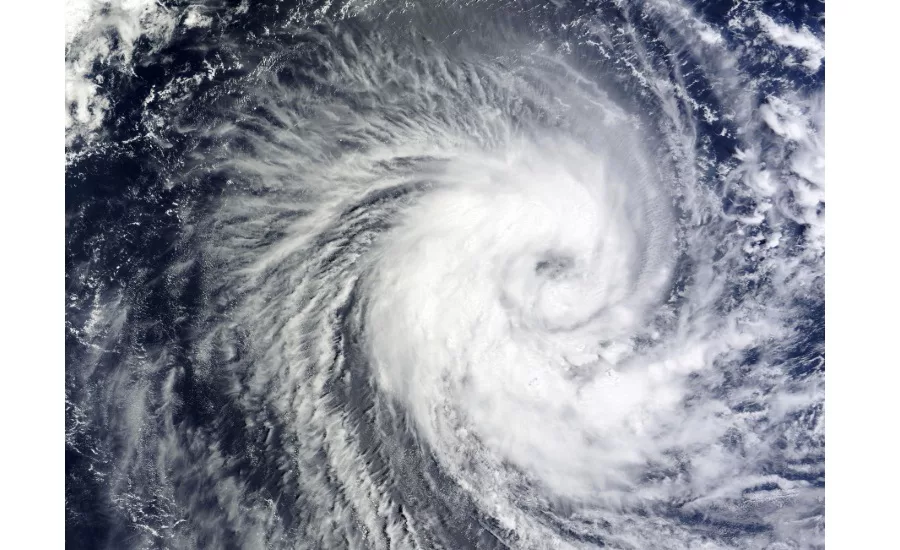Hurricane and natural disaster planning in the time of COVID-19

As the East Coast reels from the damage from Tropical Storm Isaias — while still managing the impacts of the COVID-19 pandemic — the multifaceted challenges faced by organizations this year have been brought to the forefront. The National Oceanic and Atmospheric Administration expects an “above-normal” season, and by itself, an increase in the number and intensity of hurricanes would be cause for concern. When coupled with the ongoing and unprecedented business disruptions we’re already experiencing, an intense hurricane season is already proving to be a very challenging crisis to plan for.
Quite simply, there is not enough time in the day for leaders to effectively manage multiple crises, while maintaining day-to-day responsibilities for their primary business functions. While anticipating these questions and making adjustments is important, businesses must exercise caution prior to altering tried and tested plans. The existence of an ongoing crisis like the pandemic doesn’t need to fundamentally alter the organization’s responsibilities or approach to a hurricane response—it is just another variable, presenting competing priorities, and should be treated as such. The focus should be upon making adjustments to established plans, not throwing them out wholesale because the business is already in a crisis.
However, business will need to be ready to adjust for both internal organizational challenges, as well as COVID-19-related guidelines such as social distancing, office closures or the use of personal protecting equipment. Crisis management leaders need to consider incorporating pandemic-related guidelines to their hurricane response plans. For example, if your organization has shelter-in-place plans for hurricane-prone locations, is there enough space to accommodate them when social distancing guidelines are in effect? Additionally, what would be the adequate response should a COVID-19 outbreak take place in a shelter-in-place location and what are the subsequent protocols to follow? Organizations will need to determine how, conceptually and adequately, they can provide emergency response during a pandemic.
Crisis management leaders need to consider incorporating pandemic-related guidelines to their hurricane response plans.
Another major change that COVID-19 has brought to the workforce is the mass adoption of remote workplaces. Businesses are likely to have months of large-scale, remote workforce experience by now, making it less of a concern if employees cannot be physically present in an office following hurricane damage to the site itself or to infrastructure. Additionally, employee populations are now more geographically distributed, and in the extended work-from-home period, some employees may have temporary relocated. If a hurricane were to affect a specific area, it is possible that the proportion of employees directly impacted may have considerably decreased.
It’s also worth bearing in mind that organizations have been on a high state of alert for much of 2020. Many business leaders have been making critical decisions that have immediate and important impacts to their employee base for some time. As a result, it’s possible that some may have become fatigued from this relentless critical decision-making process. This underscores the importance of creating and testing hurricane response plans when time and resources are on your side. Critical decision-making by leaders should be focused on steering the established plan, and pivoting when necessary, allowing leaders to make decisions based on pre-conceptualized paths.
Additionally, as a hurricane bears down on their region, businesses should be cognizant of the fact that government resources will be prioritized for critical infrastructure and public safety operations. With these resources already limited, it is even more critical that organizations have a strong network of private alliances, including third-party service providers, business partners and even nearby businesses, that can assist in a time of crisis.
Critical decision-making by leaders should be focused on steering the established plan, and pivoting when necessary, allowing leaders to make decisions based on pre-conceptualized paths.
Given the limitations of government resources, some organizations may need to contract emergency response personnel, as has been done in previous years. Emergency response personnel are used to operating in challenging environments, some with high degree of personal risk to themselves, and many will be agreeable to travel and work in locations with potentially high cases of COVID-19. However, this also raises a number of questions from a legal perspective. How do any COVID-19-related restrictions affect your duty of care towards response personnel? How will they travel to and lodge utilizing social distancing guidelines? Will engaging their services even be possible during hurricane disaster response?
Also consider which protocols exist for contractors traveling under your organization’s direction, and who may be asked to respond to the aftermath of a hurricane located in an area affected by COVID-19. There is also a possibility that a contractor flying in to provide emergency response might unknowingly introduce COVID-19 to an area. It’s key to determine if your organization will mandate COVID-19-related screening prior to any contractor’s deployment. If so, will the organization cover the costs and ensure that the records are properly safeguarded, and retention laws are met (e.g., HIPAA and ADA)? Importantly, how do you balance the need for immediate assistance with the risk of potentially exposing some of the same employees that you trying to help?
How do any COVID-19-related restrictions affect your duty of care towards response personnel?
There are many challenges that need to be considered when dealing with the 2020 hurricane season. At the core of all these considerations is the understanding that like any other business operation, crisis response will also be affected. Still, all these challenges are just that: challenges, not impossibilities. While the scope may change, the essential requirements of ensuring business continuity through hurricane season remain the same.
Looking for a reprint of this article?
From high-res PDFs to custom plaques, order your copy today!






